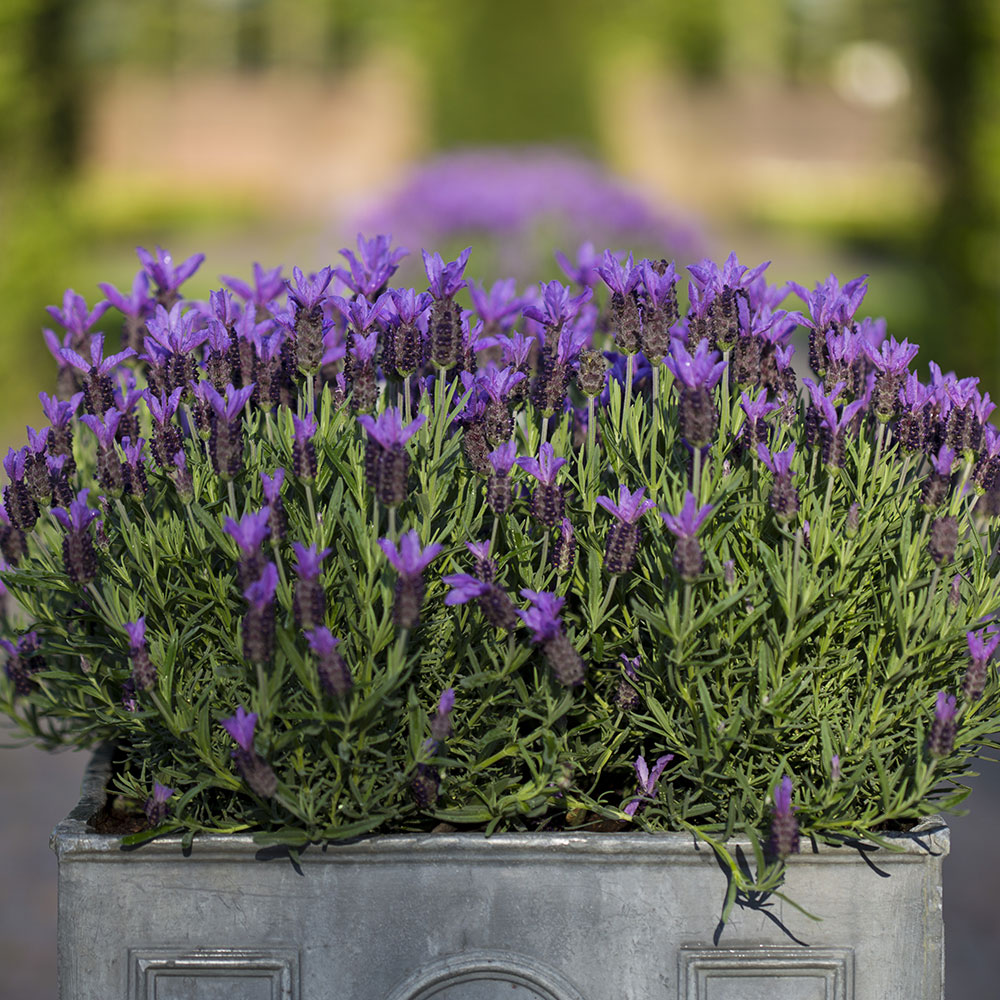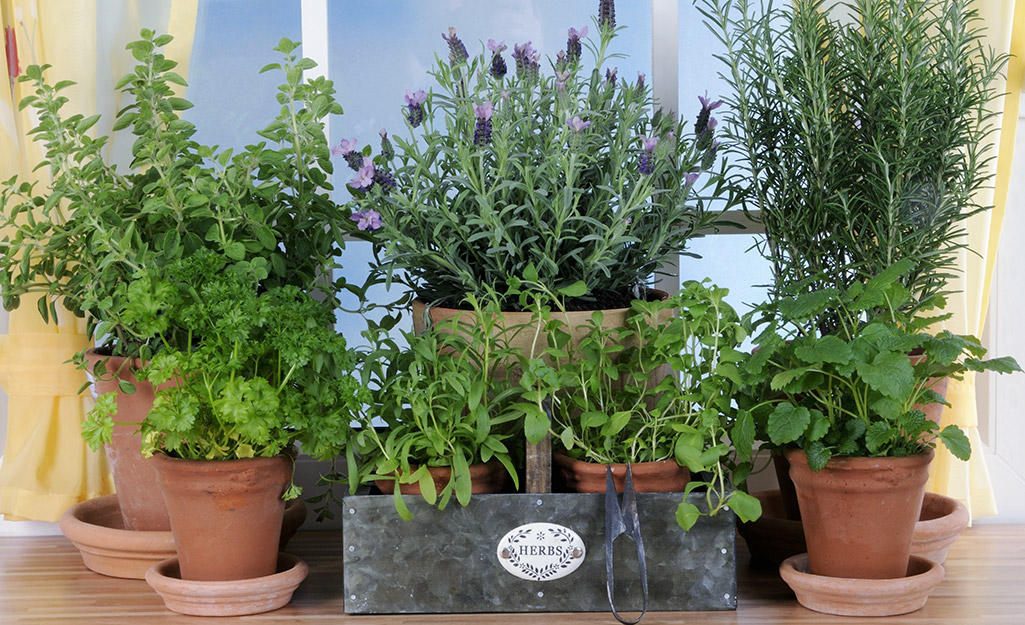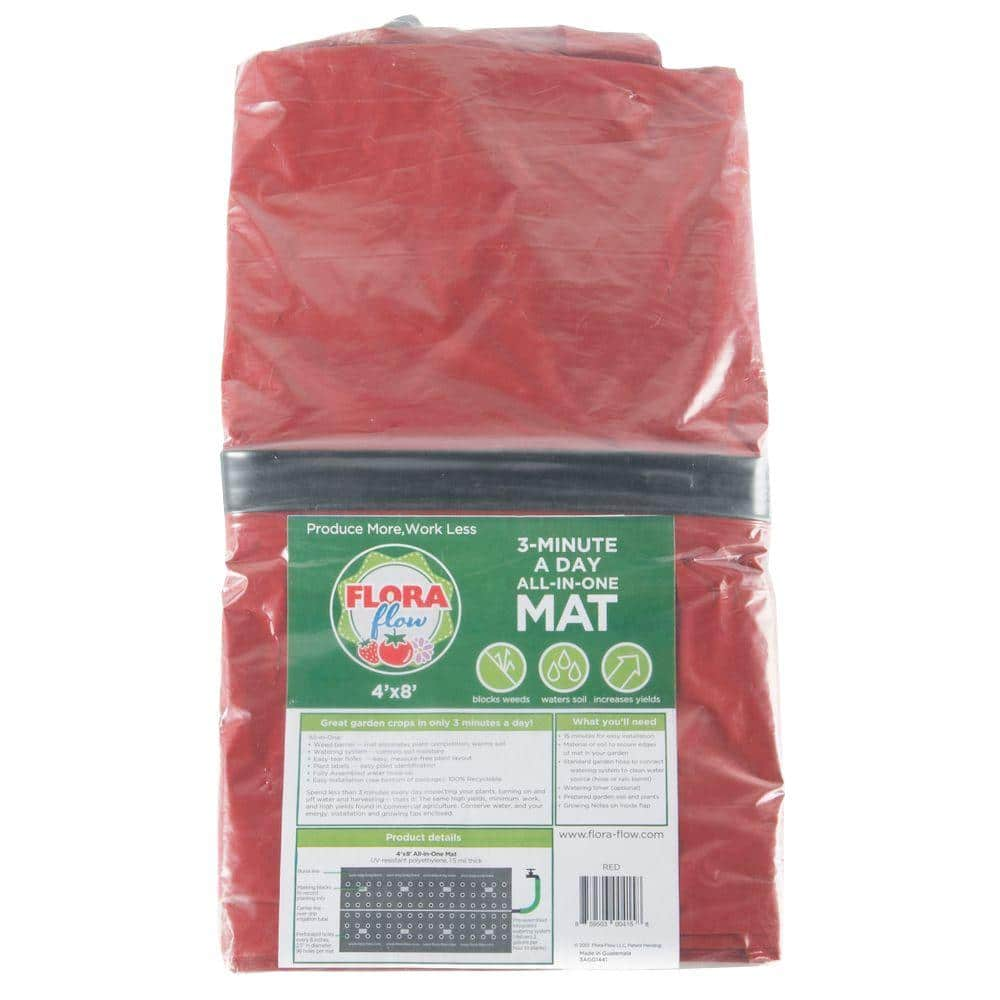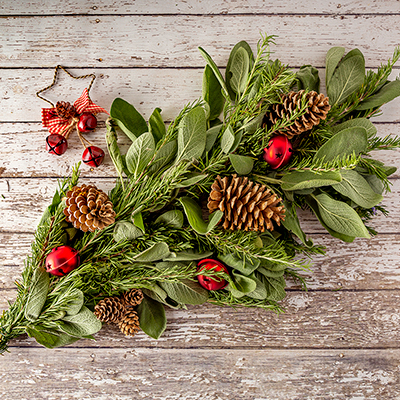How to Overwinter Herbs

Last updated September 7, 2023
Herbs like lavender, oregano, mint and thyme come back strong spring after spring if you prepare them for the cold weather. These and other Mediterranean herbs are hardy and tolerate low temperatures. They like dry conditions, so soggy ground or repeated freezing and thawing can damage them.
You can also bring herbs inside for the winter. Learn how to take care of herbs when winter weather comes your way.
Table of Contents
How to Overwinter Herbs Outdoors
How to Bring Herbs Indoors
How to Overwinter Herbs Outdoors

- Trim now, prune later. Give plants a light trim to tidy them up. Leave an umbrella of branches intact until early spring to help shelter the plant from ice and drying wind. Even if the plant dies back to the ground, new shoots will grow from the roots.
- Mulch the root area. Spread a 2 to 3-inch layer of light-textured mulch around your plants. Winter mulches keep the soil from freezing and thawing over and over again, which is destructive on shallow roots.
- Tame the wind. Herbs that hold some leaves through winter — for example, sage and winter savory — will endure the cold better if you give them seasonal shelter from frigid winds. Make a shelter with cloth, burlap or even bubble wrap stapled to wood stakes in a box or teepee shape.
- Keep them sleeping. Spells of mild winter weather trick plants into thinking it’s spring – which can kill them. Insulate plants from misleading weather by loosely mounding branches of pines, junipers and other evergreens over dormant herbs.
- Spend the winter indoors. Repot herbs and bring them inside to use for cooking. Move them outdoors and plant them in the garden in spring.
How to Bring Herbs Indoors

Popular kitchen herbs that like the heat, such as rosemary and sage, should be brought indoors for winter. They will thrive in pots placed on or near a sunny windowsill, and you can use them year-round.
- Dig out herbs grown in beds. Using a shovel to cut around the perimeter of the plant, grab as many roots as possible. Put plants in a pot, and fill in crevices with potting soil. Water plants after potting. Trim back the foliage by at least half. Label plants that are expected to become dormant before moving them to a cool basement or other dry, dark place where they will stay cool but not freeze.
- Clean and trim herbs grown in pots. Brush off outside of the container. Trim broken or awkward branches, and shake the plants gently to dislodge debris and hitchhiking pests before bringing them indoors.
- Grow herbs such as rosemary, sage, parsley, thyme and oregano under a fluorescent plant light. These herbs hold their foliage through winter and will gradually adjust to reduced light indoors. Expect some of the older leaves to wither, and clip them off to keep the plants looking neat.
- Take 5-inch long stem cuttings from your favorite herbs, if indoor space is limited. Many perennial herbs such as rosemary, sage and mint will grow roots in water, especially if you root the cuttings in a dark-colored vase that blocks light. Small cuttings take up only a little space, and the plants will be nicely rooted and ready to grow by planting time in spring.
Tip: Cool air seeping through a leaky window can be beneficial to rosemary that shows white patches caused by powdery mildew. Clip off affected branches to further discourage this common disease.
Whether you need the right planters, herbs or potting soil, The Home Depot delivers online orders when and where you need them.
































